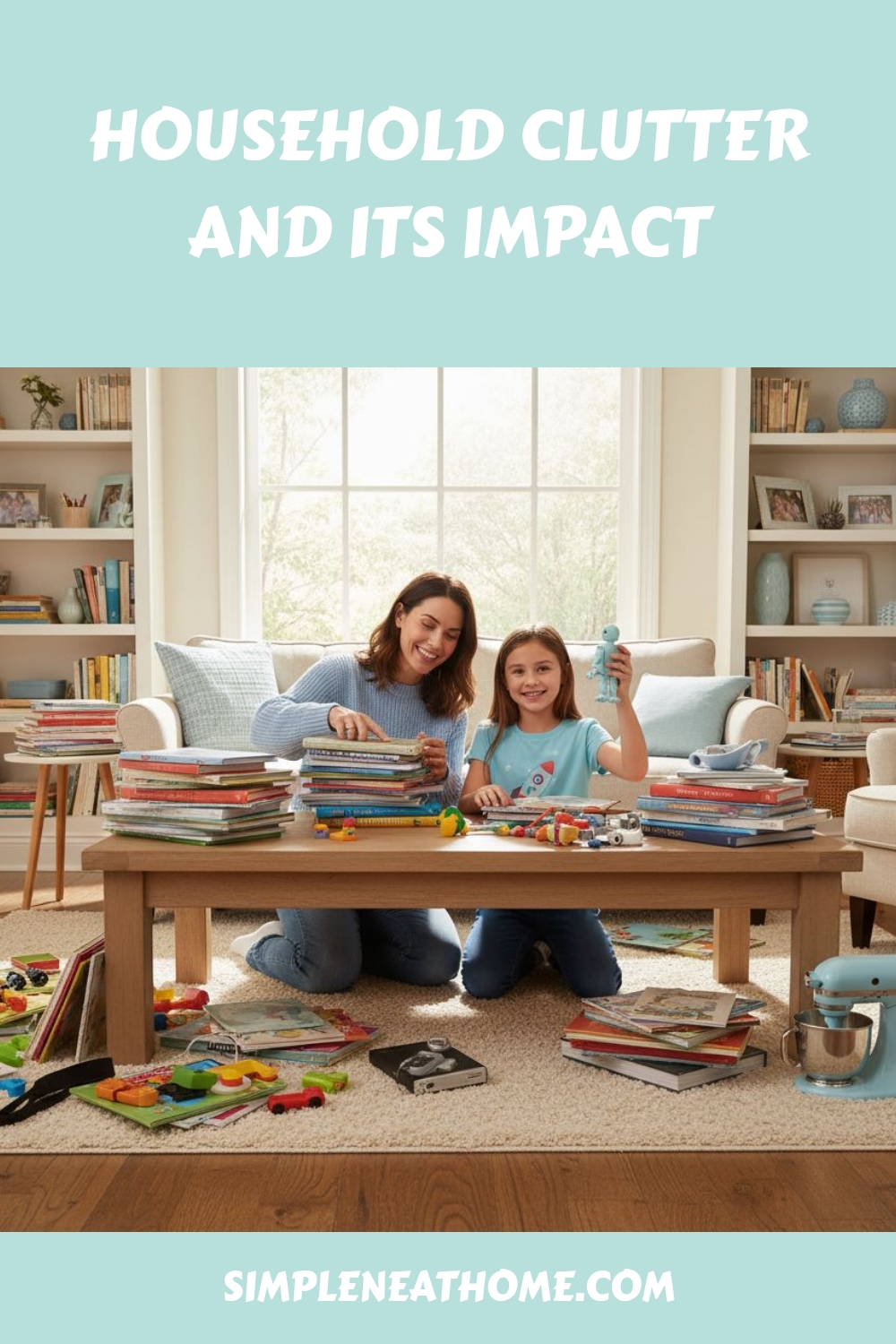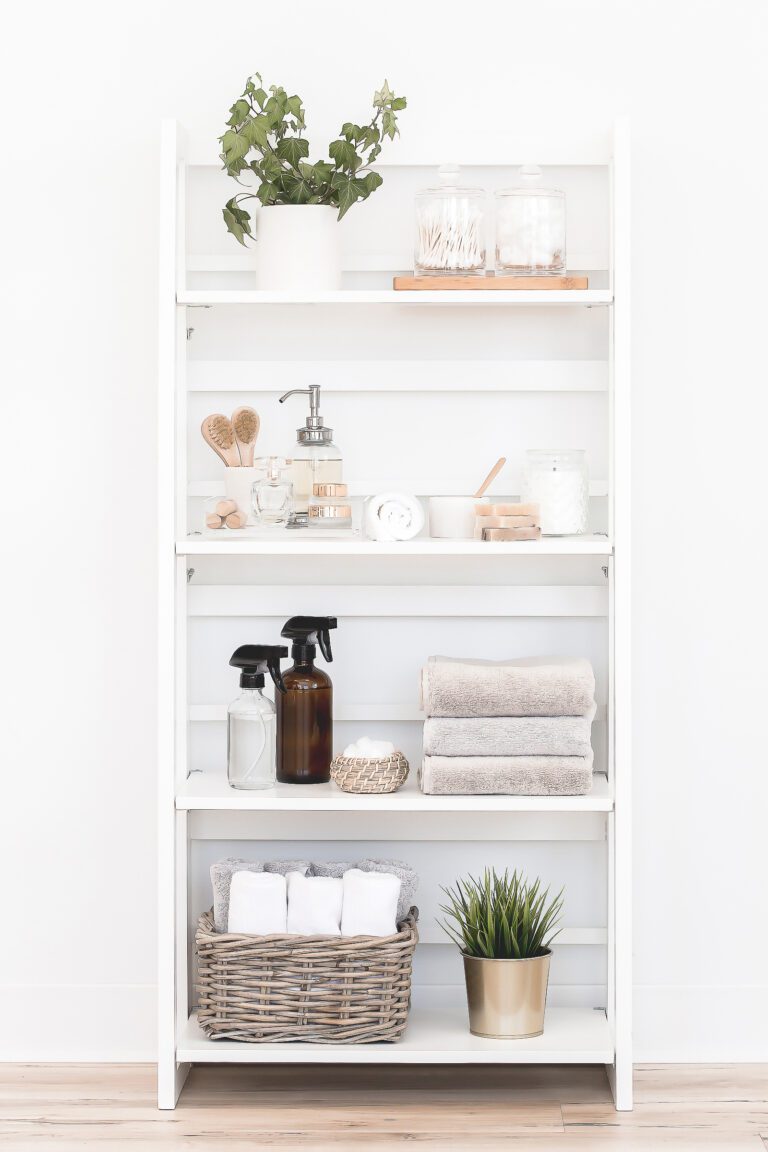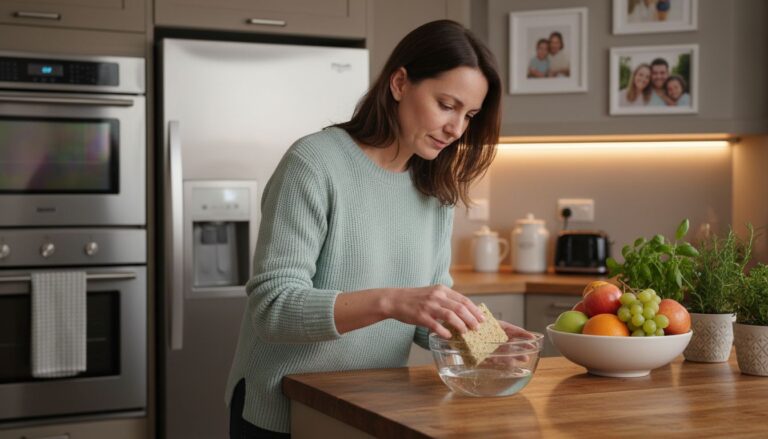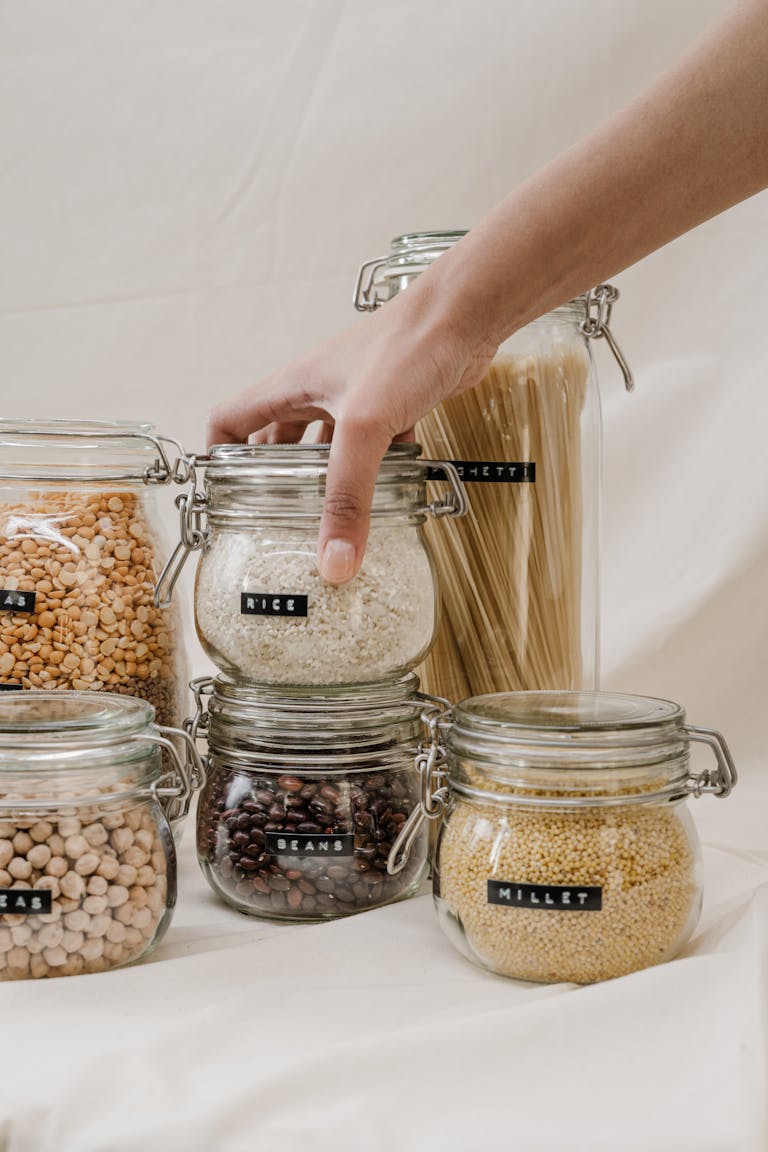Household Clutter and Its Impact
Household clutter is more than just a pile of stuff on your kitchen counter. Studies show that cluttered environments can dramatically reduce your ability to focus and spike your stress levels by up to 60 percent. Most people assume clearing clutter means just tossing out old magazines or organizing drawers but the real challenge is recognizing the hidden types of clutter silently shaping your mood and productivity.
Table of Contents
- Defining Household Clutter: What Is It?
- The Importance of Identifying Types of Clutter
- The Impact of Clutter on Mental and Physical Well-being
- Common Types of Household Clutter and Their Characteristics
- Strategies for Managing Different Types of Clutter
Quick Summary
| Takeaway | Explanation |
|---|---|
| Understanding clutter’s types is essential. | Different clutter types require tailored strategies for effective management and organization. |
| Clutter negatively impacts mental health. | Unmanaged clutter can increase stress, anxiety, and reduce cognitive function significantly. |
| Develop personalized decluttering strategies. | Tailor your approach based on emotional attachments and practical needs to promote lasting change. |
| Regular reviews prevent clutter accumulation. | Establish a routine to periodically assess and address accumulated items to maintain a tidy space. |
| Compassionate processing of sentimental items helps. | Gradually let go of emotional clutter with mindfulness and thoughtful reflection for effective decluttering. |
Defining Household Clutter: What Is It?
Household clutter is more than just a messy living space. It represents the accumulation of unnecessary, unused, or disorganized items that create visual and mental chaos in your home environment. Understanding the nuanced definition of household clutter helps you recognize its impact and take meaningful steps toward creating a more organized living space.
The Nature of Household Clutter
Clutter isn’t simply about having too many things. It’s about items that no longer serve a purpose, create stress, or prevent you from using your spaces effectively. These items can range from old magazines and unused kitchen gadgets to clothing that no longer fits and sentimental objects you’ve kept without genuine emotional connection. Learn more about ways to reduce household clutter effectively to transform your living environment.
The psychological impact of clutter goes beyond physical space. Research from Princeton University Neuroscience Institute demonstrates that visual clutter competes for your mental attention, reducing cognitive performance and increasing stress levels. When your environment is cluttered, your brain struggles to process information efficiently.
Types of Household Clutter
Household clutter typically falls into several key categories:
- Emotional Clutter: Items kept due to sentimental attachment, not practical use
- Aspirational Clutter: Objects representing goals or identities you wish to have, but don’t currently match your lifestyle
- Practical Clutter: Functional items that have accumulated beyond necessary quantities
- Digital Clutter: Electronic files, emails, and digital storage overflowing with unnecessary information
Recognizing these different types helps you understand why clutter accumulates and develop targeted strategies for managing your living spaces more effectively.
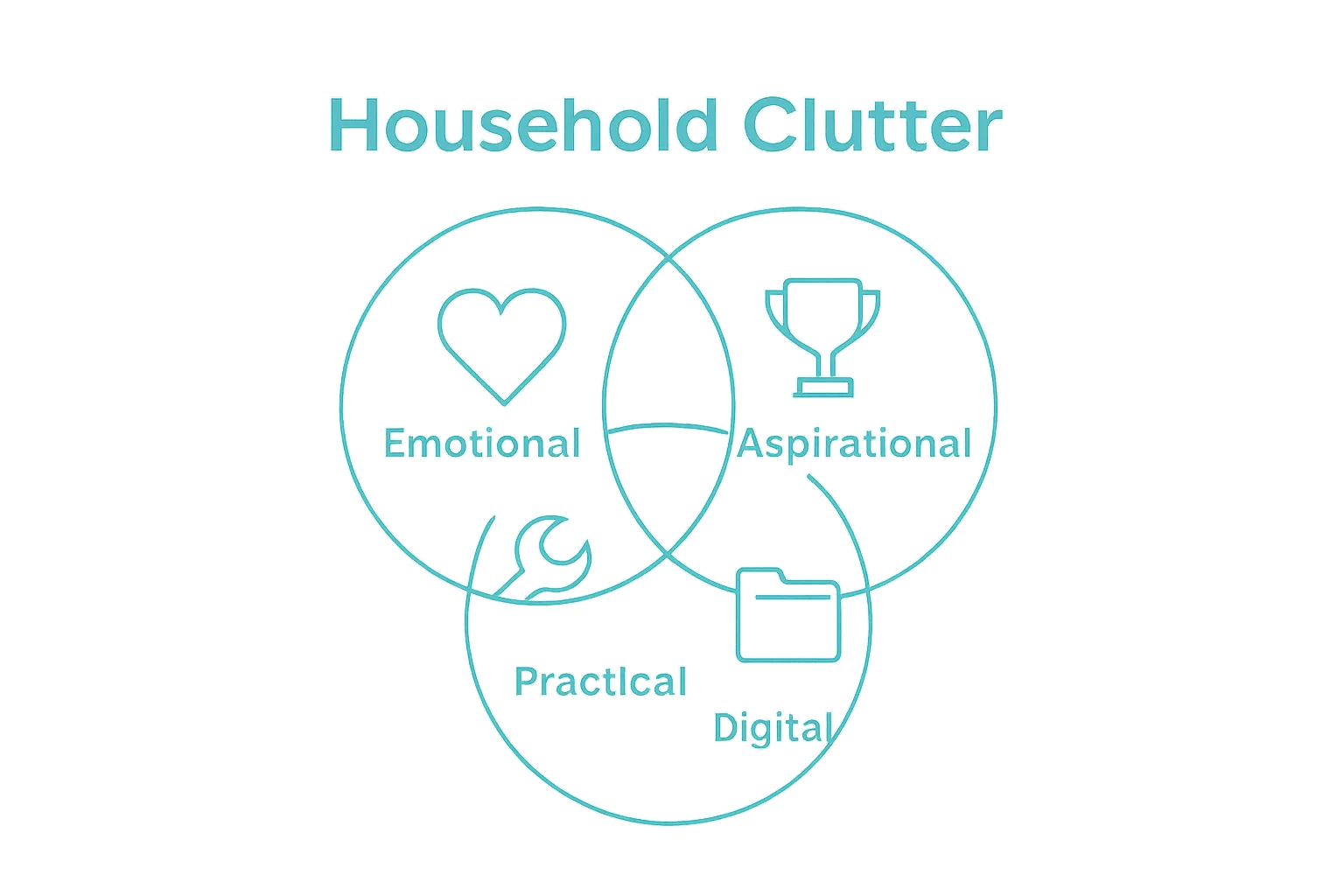 By understanding clutter’s complex nature, you can create a more peaceful, organized home environment that supports your mental well being and daily productivity.
By understanding clutter’s complex nature, you can create a more peaceful, organized home environment that supports your mental well being and daily productivity.
The Importance of Identifying Types of Clutter
Identifying different types of household clutter is crucial for developing targeted strategies that help you transform your living space. By understanding the specific characteristics of various clutter categories, you can create more effective and personalized approaches to organization and decluttering. Learn more about preventing clutter before it starts and take control of your home environment.
Psychological Impact of Unrecognized Clutter
Clutter is not just a physical problem. According to research from the Journal of Environmental Psychology, unidentified and unmanaged clutter can significantly impact mental health, causing increased stress, reduced cognitive function, and decreased overall life satisfaction. When you fail to recognize the specific types of clutter in your home, you miss critical opportunities for meaningful intervention and personal growth.
Strategic Categorization for Effective Decluttering
Effective clutter management requires a nuanced understanding of different clutter types. Each category demands a unique approach:
- Emotional Clutter: Requires compassionate processing and mindful decision making
- Functional Clutter: Needs systematic organization and potential downsizing
- Aspirational Clutter: Demands honest self reflection and realistic lifestyle alignment
- Digital Clutter: Requires systematic digital organization and regular maintenance
By developing targeted strategies for each clutter type, you can create a more intentional living space that supports your mental well being and personal productivity. Understanding the specific nature of your clutter empowers you to make meaningful changes and reclaim your physical and mental space.

The Impact of Clutter on Mental and Physical Well-being
Clutter is far more than a simple organizational challenge. It represents a complex interplay between your physical environment and your mental state, with significant implications for overall health and quality of life. Learn more about why decluttering your home matters and understand its deeper psychological connections.
Mental Health Consequences
The psychological burden of clutter extends beyond momentary frustration. Research published in the National Institutes of Health demonstrates that chronic disorganization can trigger profound mental health challenges. Persistent clutter creates continuous low grade stress, overwhelming your brain’s ability to process information efficiently. This constant visual and cognitive overload can contribute to:
- Increased Anxiety: Constant visual reminders of unfinished tasks
- Reduced Concentration: Mental energy diverted to processing environmental chaos
- Lowered Self Esteem: Feelings of being unable to control personal spaces
Physical Health Implications
Beyond mental strain, clutter directly impacts physical health. Disorganized spaces often harbor dust, allergens, and create environments that discourage physical activity. Cluttered homes can impede movement, increase fall risks for older adults, and create barriers to maintaining healthy lifestyle habits. The physical consequences include:
- Compromised Immune Function: Increased exposure to dust and unclean environments
- Reduced Physical Activity: Limited space discourages exercise and movement
- Sleep Disruption: Chaotic environments interfere with relaxation and rest cycles
Understanding clutter’s multifaceted impact empowers you to recognize its role in your overall well being.
Here is a table summarizing the mental and physical health effects of clutter, along with supporting research and examples from the article.
| Impact Area | Specific Effects | Example or Research Highlight |
|---|---|---|
| Mental Health | Increased anxiety, reduced concentration, lower self-esteem | Continuous visual reminders of unfinished tasks (NIH research) |
| Cognitive Function | Overloaded brain, reduced ability to process information | Princeton University study on clutter reducing cognitive performance |
| Physical Health | Exposure to dust/allergens, reduced physical activity | Cluttered spaces impede movement and harbor allergens |
| Sleep Quality | Difficulty relaxing, disrupted rest cycles | Chaotic environments interfere with relaxation and rest |
| Safety | Increased risk of falls, especially for older adults | Disorganized homes create barriers and hazards |
Common Types of Household Clutter and Their Characteristics
Household clutter comes in diverse forms, each presenting unique challenges and requiring specialized management strategies. Get started with 100 items you can declutter right now and begin transforming your living space systematically. Understanding the specific nature of different clutter types helps you develop targeted approaches for effective organization.
Paper and Documentation Clutter
Paper clutter represents one of the most pervasive and overwhelming categories of household disorganization. Research from the Journal of Environmental Psychology indicates that unmanaged paper documents can create significant cognitive stress. This category includes:

- Mail and Correspondence: Unsorted letters, bills, and promotional materials
- Work Documents: Outdated paperwork and unnecessary professional records
- Personal Records: Accumulated receipts, statements, and miscellaneous papers
Physical Object and Sentimental Clutter
Physical clutter encompasses tangible items that occupy space without providing consistent utility. This category is often emotionally complex, involving objects tied to memories, aspirations, and personal identity. Key subcategories include:
- Clothing Clutter: Garments that no longer fit or match current lifestyle
- Hobby and Collection Overflow: Accumulated items from past interests
- Sentimental Objects: Keepsakes and mementos retained beyond their practical purpose
By recognizing these distinct clutter types, you can develop more nuanced and compassionate strategies for organization.
Below is a feature table outlining the common types of household clutter, their core characteristics, and considerations for decluttering each type.
| Clutter Type | Main Characteristics | Decluttering Considerations |
|---|---|---|
| Emotional Clutter | Sentimental value, tied to memories, hard to let go | Requires compassion and mindful reflection |
| Aspirational Clutter | Represents goals or lifestyles not yet achieved | Needs honest self-assessment and realistic planning |
| Practical Clutter | Useful but accumulated beyond necessity, duplicates | Evaluate necessity and downsize excess |
| Digital Clutter | Overloaded files, emails, and digital information | Needs regular maintenance and systematic organization |
| Paper Clutter | Unsorted mail, bills, work and personal documents | Systematic sorting and management necessary |
| Physical Clutter | Tangible objects, often unused or disorganized | Sort, categorize, and purge unnecessary items |
| Sentimental Objects | Keepsakes, mementos, and items retained for nostalgia | Gradual processing and possible documentation |
Strategies for Managing Different Types of Clutter
Decluttering requires a nuanced approach tailored to specific types of accumulated items. Learn how to declutter even when you don’t have time and develop practical strategies that fit your lifestyle. Each clutter category demands a unique management technique to effectively reduce mental and physical overwhelm.
Emotional and Psychological Approach
Research from the National Institutes of Health suggests that successful decluttering involves addressing the psychological roots of attachment. For emotional and sentimental clutter, compassionate strategies are essential:
- Gradual Letting Go: Process items in small, manageable batches
- Documentation Strategy: Photograph meaningful items before releasing them
- Mindful Reflection: Understand the emotional significance without keeping physical objects
Systematic Organizational Techniques
Different clutter types require targeted approaches that balance practicality with emotional intelligence. Effective management involves:
- Categorization: Sort items into clear, defined groups
- Immediate Action: Create systems for instant decision making
- Regular Review: Establish periodic assessment of accumulated items
By developing personalized strategies that recognize the unique nature of each clutter type, you can transform your living space from chaotic to intentional. The goal is not perfection but progressive improvement in managing your physical and mental environment.
Ready To Tackle the Real Cause of Household Clutter?
Understanding the true sources and impacts of clutter in your home is the first step toward lasting change. If you feel frustrated by emotional clutter, overwhelmed by stacks of paperwork, or stuck in a cycle of unproductive organizing, you are not alone. Many people underestimate how specific types of household clutter can steal your calm and keep you from making real progress. We know how difficult it can be to break free from mental and physical chaos.
Reimagine what your space and mindset could be like with support tailored to your needs. Dive into our Decluttering Archives for expert strategies on every clutter challenge—from sentimental items to digital overload. Discover new ways to reclaim order, foster peace, and finally achieve the organized home you deserve. Take the first step right now and visit Simple Neat Home to start transforming your environment today.
Frequently Asked Questions
What is the definition of household clutter?
Household clutter is the accumulation of unnecessary, unused, or disorganized items that create visual and mental chaos in your home environment. It includes items that no longer serve a purpose or create stress in your living space.
How does clutter impact mental health?
Clutter can lead to increased anxiety, reduced concentration, and lowered self-esteem due to the overwhelming visual reminders of unfinished tasks and the mental energy diverted to processing the chaos in your environment.
What are the different types of household clutter?
Household clutter generally falls into several categories: emotional clutter (sentimental items), aspirational clutter (objects representing unattained goals), practical clutter (excess functional items), and digital clutter (unnecessary electronic files and emails).
How can I effectively manage emotional clutter?
To manage emotional clutter, consider compassionate strategies such as gradual letting go of items, documenting them with photographs, and reflecting on their emotional significance without needing to keep the physical objects.
Recommended
- Understanding Ways to Reduce Household Clutter Effectively | Simple Neat Home
- Understanding Types of Decluttering Methods: A Comprehensive Guide | Simple Neat Home
- Understanding Why Declutter Your Home Matters | Simple Neat Home
- 9 Easy Ways to Prevent Clutter at Home | Simple Neat Home
